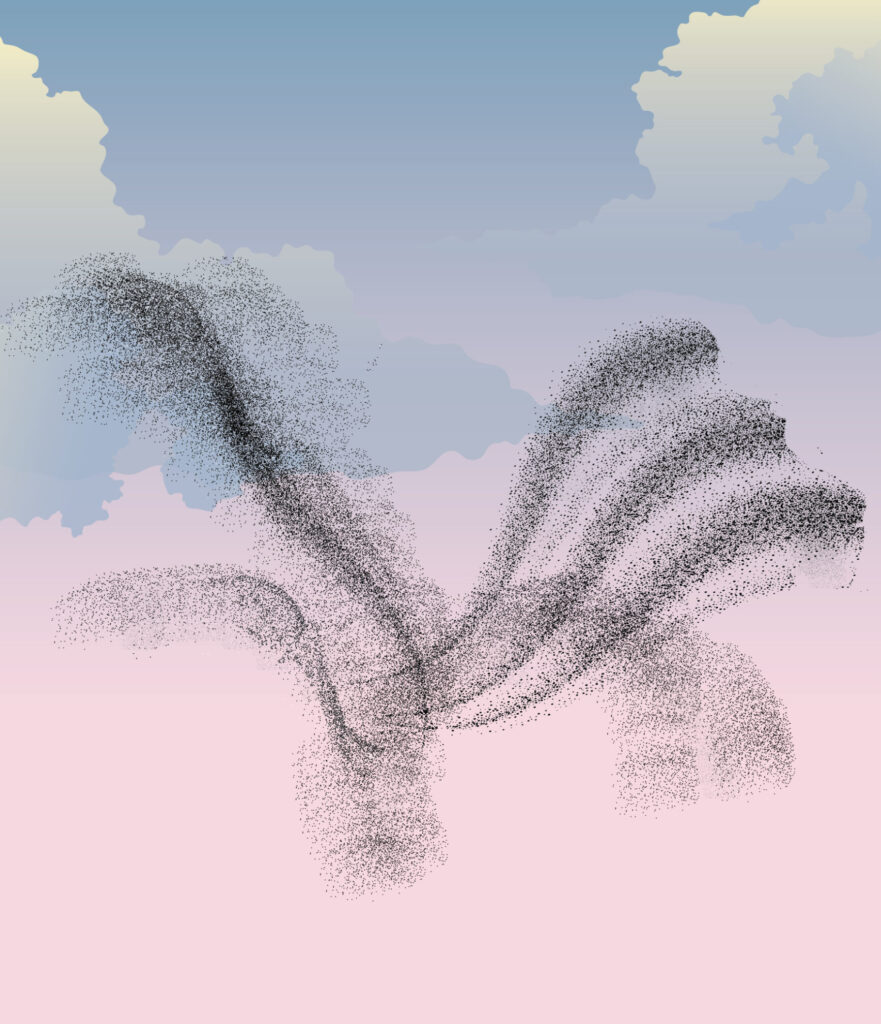
A condensate of light enters a new dissipative phase separated from usual lasing by a true phase transition. (c) Martina Markus, Marketing University of Cologne
ML4Q researchers from the groups of Martin Weitz and Johann Kroha in Bonn have published a Science paper on their new observation of a new phase transition of a photon Bose-Einstein condensate.
10 years after discovering the Bose-Einstein condensate, the researchers observed an overdamped phase, a previously unknown phase transition within the optical Bose-Einstein condensate. While Bose-Einstein condensation is usually connected to lasing by a smooth crossover, the observed phase transition separates the biexponential phase from both lasing and an intermediate, oscillatory condensate regime.
The researchers plan to use their findings as a basis for further studies to search for new states of the light field in multiple coupled light condensates, which can also occur in the system. “If suitable quantum mechanically entangled states occur in coupled light condensates, this may be interesting for transmitting quantum-encrypted messages between multiple participants,” says Fahri Emre Öztürk, first author of the publication and doctoral student at the Institute for Applied Physics at the University of Bonn.
Details can be found in the press release of the University of Bonn [German version]. The paper was also covered by phys.org.
Publication: Fahri Emre Öztürk, Tim Lappe, Göran Hellmann, Julian Schmitt, Jan Klaers, Frank Vewinger, Johann Kroha & Martin Weitz: Observation of a Non-Hermitian Phase Transition in an Optical Quantum Gas. Science, DOI: 10.1126/science.abe9869
Browse the ML4Q News Archive